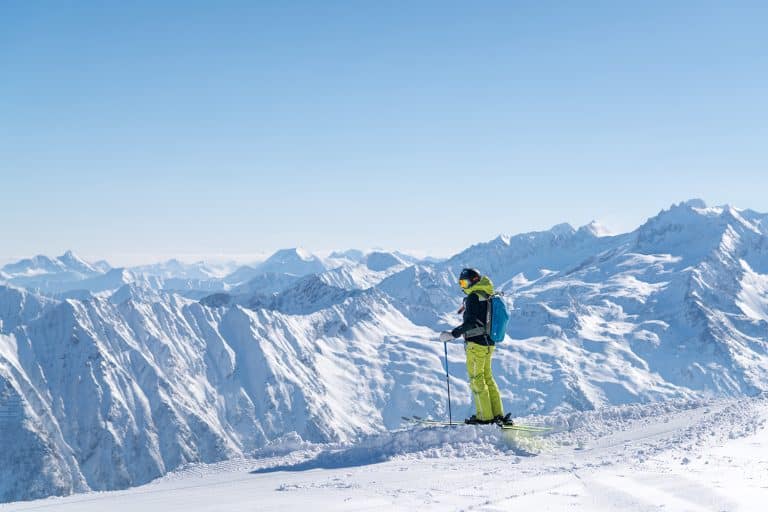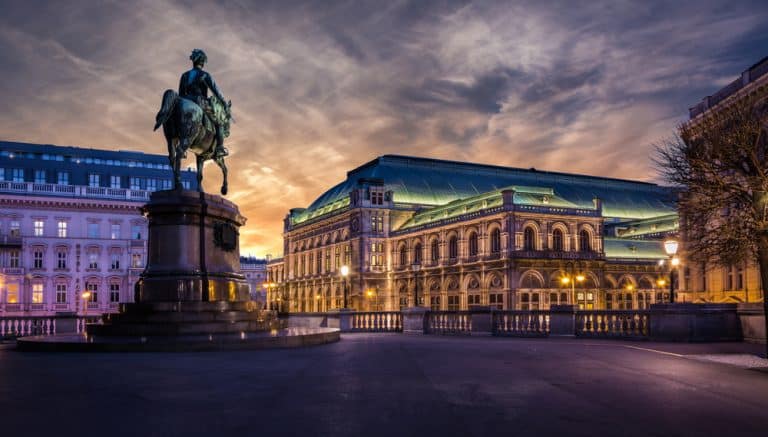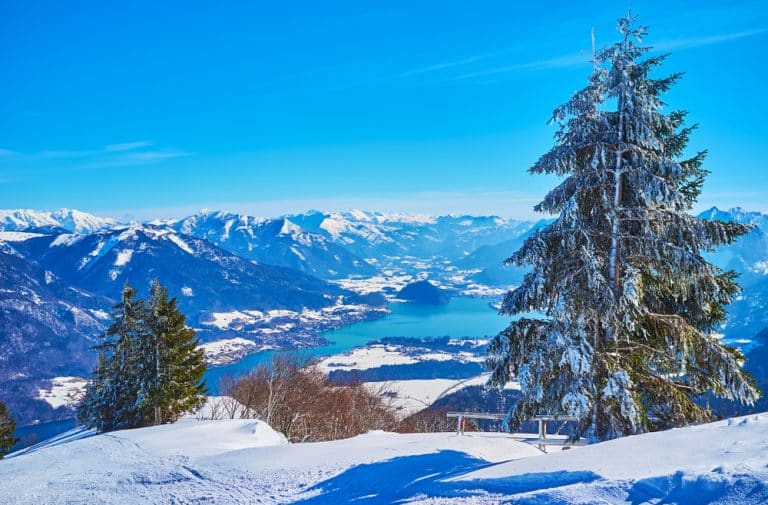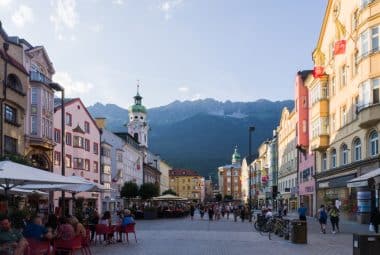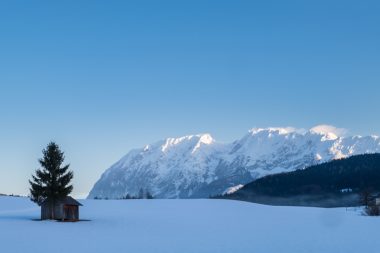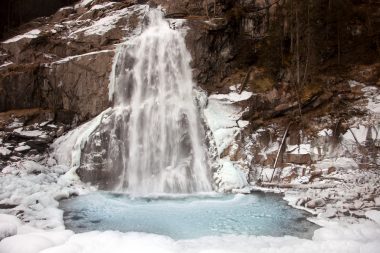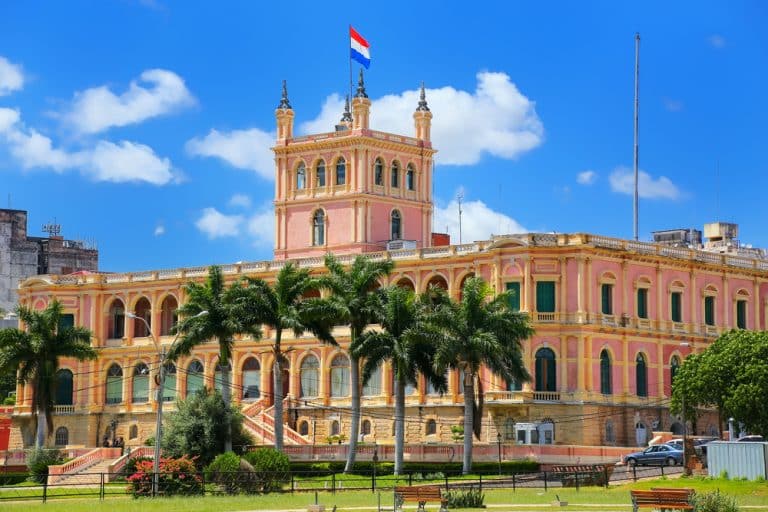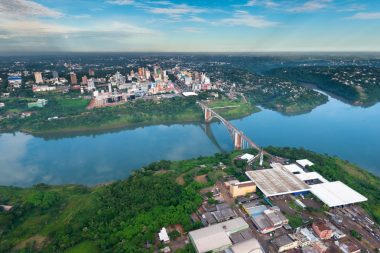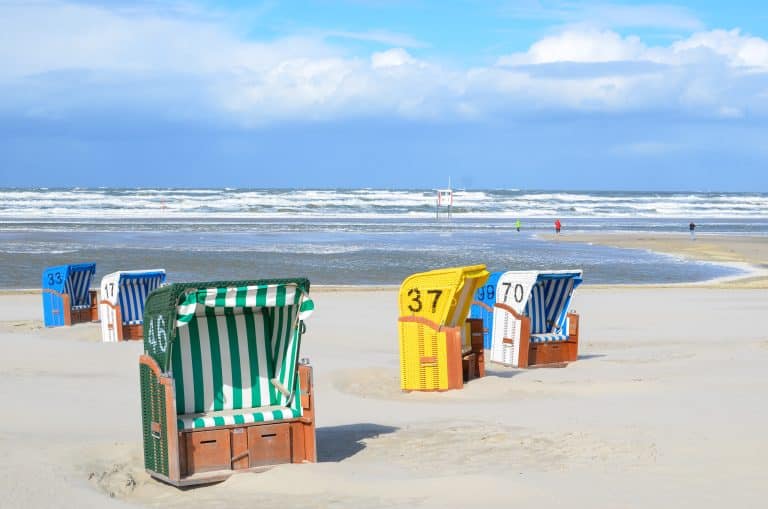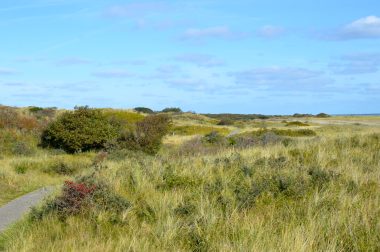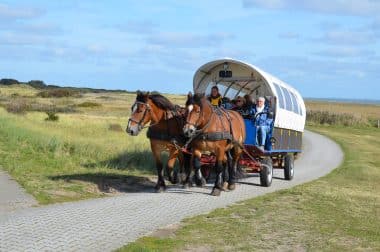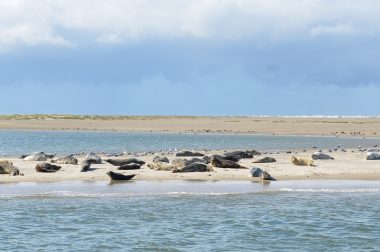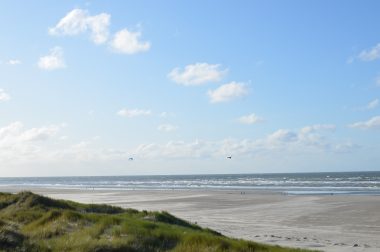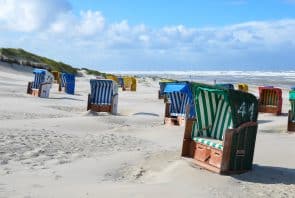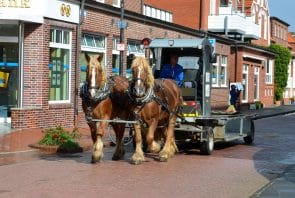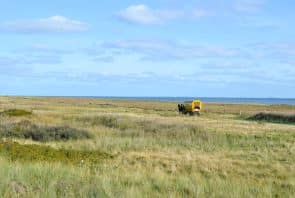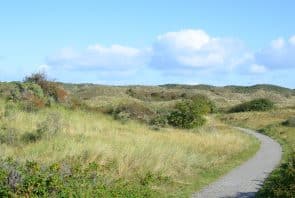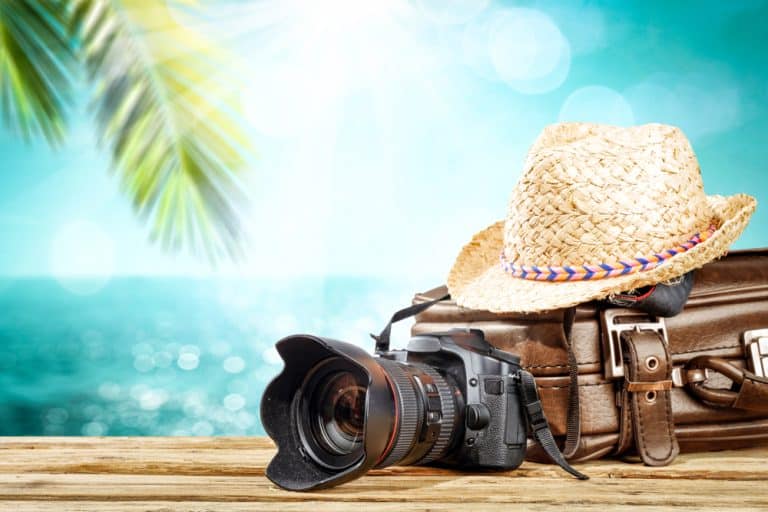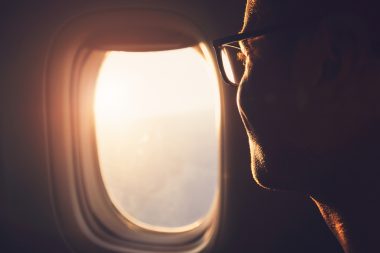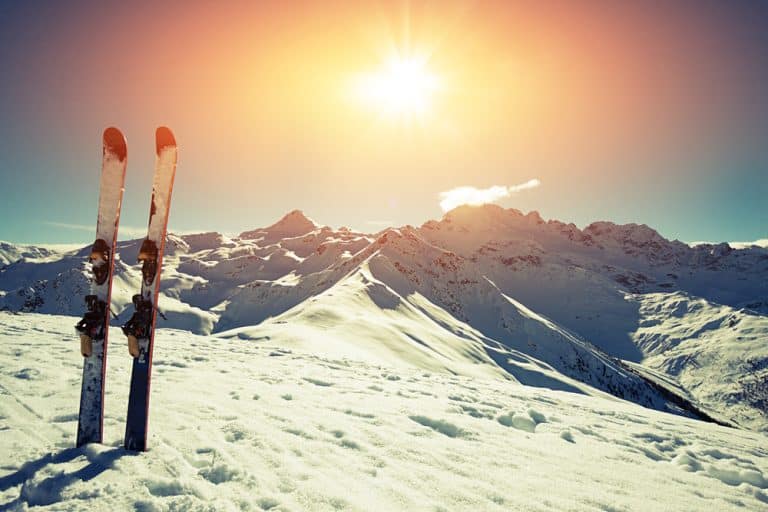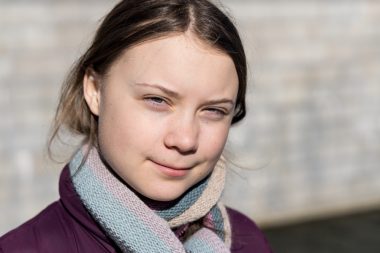Enjoyment is a positive sensory sensation that is associated with well-being: this is what the encyclopedia writes. Holiday enjoyment with all the senses – that’s what Gastein is committed to both in the valley and on the mountain!
See, feel and hear Gastein’s enjoyment
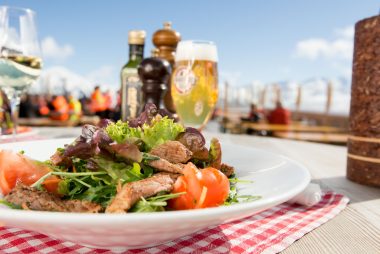
The fresh mountain air that tingles on your skin during the ski descent. The intense rays of sunshine on the viewing platform on the Stubnerkogel. The sound of the wind during a walk through the winter forest in the Angertal. The splashing of the thermal water in the Alpentherme or the Felsentherme. Do you feel, hear and see it yet? This is a holiday in Gastein. Over 200 kilometres of slopes, two thermal baths and a unique winter wonderland await you in Salzburger Land.
Ski toques: Pleasure to taste and smell
Taste is love of beauty, according to the philosopher Ralph Waldo Emerson – and this love is raised far above the tree line in Gastein. Here, seven mountain restaurants and huts come under the ski hood. What does that mean? Seven award-winning chefs each create a speciality that is offered at one of the selected huts. In the four ski areas of the Gastein Valley, there are seven restaurants, each with a gourmet dish – and for less than 15 euros! Among the epicurean delights in recent years, there have been traditional Salzburg dishes with a certain twist: pickled fillet of organic beef with caramelized radicchio Tresiano, hot oven onions on buttered crumbs with smoked cheese and bacon, hearty venison soup, black pudding croquettes or buns have already been on the menu. Well, curious about what’s on offer this year? You have to taste that for yourself!
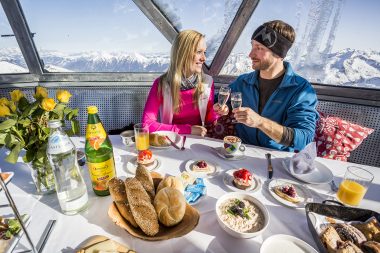
That’s the (enjoyment) summit!
It is early in the morning, the first rays of sunshine touch the mountain peaks, slowly the mountain panorama of 400 peaks is bathed in velvety light. And you watch the scenery from a glass dome on the summit of the Kreuzkogel. In front of you is a richly laid table with fresh Salzburg bread, creamy cappuccino, hearty bacon and sweet jam. Accompanied by a freshly squeezed orange juice. This is the summit breakfast in Gastein. The Roman general Lucullus would also have enjoyed it. He was already known for his extravagant feasts 100 years BC. That is why the word “epicurean” is dedicated to him today.
Wahn-Sinn’s pleasure experiences by moonlight
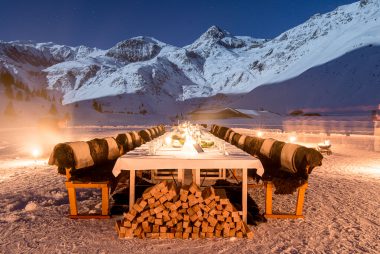
Sophisticated and luxurious it continues in the Gastein Sinnes-Wandel. The Full Moon Dinner in Gastein is highly exclusive. During the full moon in February, March and April, you sit down at a long banquet in the middle of the open sky at an altitude of 1,590 meters. The surrounding mountains are wrapped in mystical, dark blue light. The table with torches is illuminated. On the plates an exquisite 5-course menu with ingredients from the region. Even the prominent Gastein spa guest and writer Franz Grillparzer knew: Moons and years pass, but a beautiful moment shines through life.
New round – new happiness
Another moment of pleasure is conjured up in Dorfgastein with very special ingredients. This includes a gathering of Gastein restaurateurs and locals, regional products, a 4-course menu and, as a highlight, a gondola! That’s right – the gondola is essential at the gondola dinner on the Fulseck, a 2,033-metre-high mountain peak. After a wine tasting, up to four gourmets take a seat in the gondola and are served one course per station during a complete round. The start is at the valley station, followed by two courses at the middle and mountain stations and the final course is again served at the middle station. Floating and dining through the Gastein mountains in the evening – these are literally the highest pleasures.
Enjoyment with all the senses in all corners
The Salzburger Land is one of the regions with the highest density of award-winning chefs. The Gastein Valley is no exception. But even on a small scale, the people of Salzburg know how to pamper the palates of their gourmets. Each hut has its specialty. Pinzgauer Kasnocken from the iron pan with their spicy cheese and fine fried onions are a real treat at every mountain hut. Those with a sweet tooth will grab the Salzburg dumplings, a sweet hint of fine beaten egg whites. To digest a regional schnapps. The well-being that only a real moment of pleasure can offer is already set in. And so the encyclopedia is right and Gastein remains true to its motto: On every corner you will find holiday enjoyment with all your senses!


